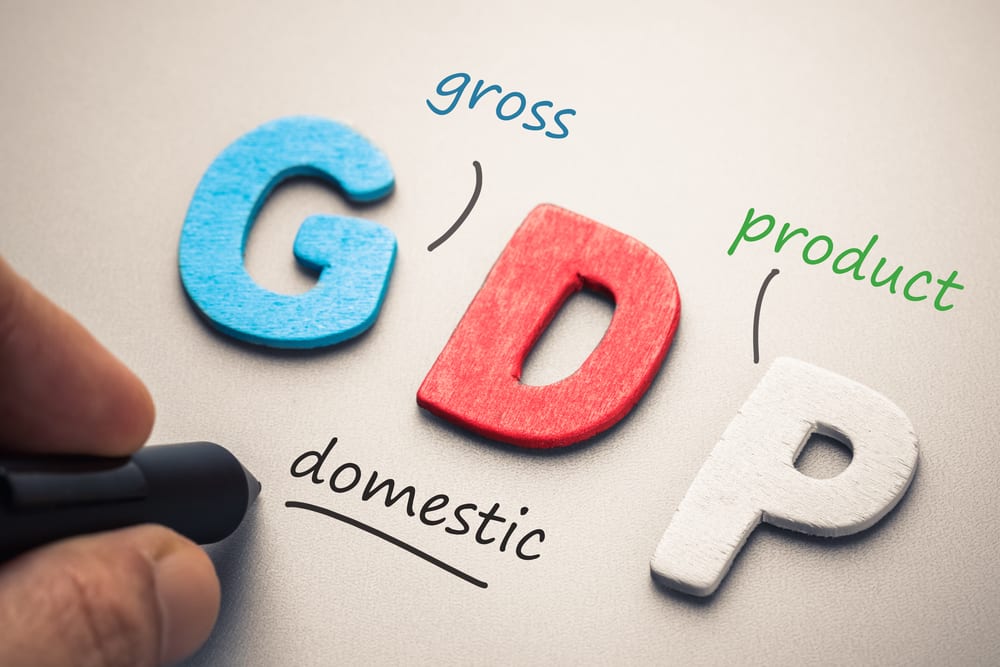New Delhi: The GDP growth rate of the country plunged to 5.8 per cent during the January-March quarter of the financial year 2018-19, from 7.7 per cent growth witnessed during the same quarter of the previous year, data from the Central Statistical Office (CSO) showed.
With that, India lost its position as the fastest-growing major economy of the world to China for the first time in one-and-a-half years. China’s economy logged a growth of 6.4 per cent in the March quarter. Friday’s data also meant the economy logged an average growth of 6.8 per cent for the full financial year 2018-19.
For the fiscal year 2018-19, the country recorded a GDP growth of 6.8 per cent, the lowest growth rate in five years. In FY 2017-18 the country recorded at 7.2 per cent growth in GDP.
The slowdown can be largely attributed to lacklustre growth in agriculture and mining sectors, as per the data. The agriculture, forestry and fishing sector showed a growth rate of 2.9 per cent in FY 2018-19, against previous year’s growth rate of 5 per cent. The mining and quarrying sector rose by 1.3 per cent against previous year’s growth rate of 5.1 per cent.
The country’s GDP growth in the quarter ended March 31 was much worse than economists’ expectations. A survey of economists by news agency Reuters had forecast GDP growth at 6.3 per cent annually in the quarter ended March 31.
The Ministry of Statistics revised economic growth for the fiscal year to March 31, 2019 to 6.8 per cent from 7.0 per cent estimated earlier.
The slowdown may lead to another rate cut by the central bank in its June policy review, say economists. The RBI had in its bi-monthly monetary policy review in April lowered its GDP growth projection to 7.2 per cent in 2019-20, from 7.4 per cent.
Citing “evenly balanced” risks, the RBI noted that it expects GDP to grow in the range of 6.8-7.1 per cent in the first half of current financial year, and 7.3-7.4 per cent in the second half.
The RBI’s monetary policy committee (MPC), which has cut policy rates by 50 basis points this year, is expected to cut the repo rate by a further 25 basis points at its June 4-6 meeting, bringing it to 5.75 per cent, the lowest since July 2010, according to Reuters.
Retail inflation has stayed below 3 per cent for last six months, possibly low enough to take the risk of cutting rates without waiting to seeing whether the monsoon rainy season starting next month holds any danger of a spike in food prices.
